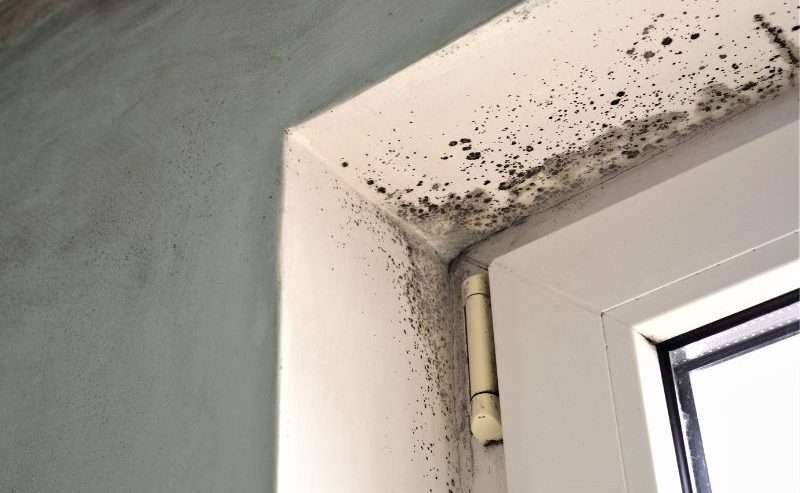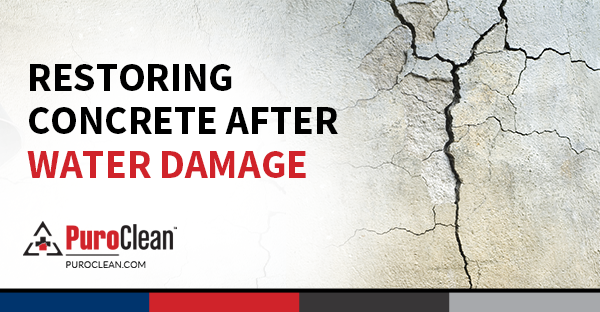Water damage might seem like just a structural or cosmetic issue, but the hidden dangers it brings can have serious consequences for your health. From bacteria and mold growth to poor indoor air quality, untreated water damage can silently compromise the well-being of everyone in your home or business. Whether it’s caused by a leaky roof, a burst pipe, or flooding, ignoring water damage is never a safe option.
In this blog post, we’ll explore the top health risks associated with untreated water damage, why quick action is crucial, and how professional restoration services can help safeguard your home and health.
1. Mold Growth: The Most Common Threat
One of the most serious and immediate concerns following water damage is mold growth. Mold spores are everywhere in the environment, but they need moisture to grow and spread. Once water enters your walls, ceilings, carpets, or floors, it creates the perfect environment for mold to thrive.
Health Effects of Mold Exposure:
- Respiratory issues: Sneezing, coughing, and difficulty breathing are common.
- Allergic reactions: Skin irritation, red eyes, and nasal congestion.
- Asthma aggravation: Mold spores can trigger asthma attacks or worsen symptoms.
- Chronic conditions: Long-term exposure may lead to persistent lung infections and other complications.
Black mold (Stachybotrys chartarum) is especially dangerous and can release mycotoxins, which may cause more severe health problems, particularly in children, elderly individuals, and those with weakened immune systems.
2. Bacterial Contamination
Water damage that results from sewage backups, floodwater, or broken pipes carrying wastewater can introduce harmful bacteria into your living space. This type of water is considered Category 2 (gray water) or Category 3 (black water) and is highly unsanitary.
Dangerous Bacteria and Pathogens:
- E. coli
- Salmonella
- Campylobacter
- Shigella
- Hepatitis A virus
Exposure to these contaminants can lead to:
- Gastrointestinal infections
- Vomiting and diarrhea
- Skin infections
- Flu-like symptoms
Children and individuals with compromised immune systems are particularly vulnerable to these health risks
3. Poor Indoor Air Quality
Even if you dry the water visibly, residual moisture can seep into walls, insulation, and under floorboards. Over time, this can degrade your home’s indoor air quality (IAQ).
How It Affects Your Health:
- Increased humidity from hidden moisture promotes further mold and mildew growth.
- Musty odors and airborne spores contribute to sinus issues, headaches, and fatigue.
- Volatile organic compounds (VOCs) may be released from damaged building materials, worsening respiratory conditions.
Poor IAQ is an invisible hazard that can have a significant impact on your long-term health if not addressed.
4. Pest Infestations
Standing water and lingering moisture can attract pests like insects, rodents, and termites. These pests are not only destructive but can also carry diseases that pose additional risks to your health.
Common Health Risks from Pests:
- Mosquitoes breed in stagnant water and can transmit West Nile virus, Zika, and other diseases.
- Rodents often carry hantavirus, leptospirosis, and salmonella.
- Cockroaches can trigger asthma and allergies.
Once pests take hold, they can be difficult to eliminate and may worsen the damage already caused by water intrusion.

5. Structural Hazards That Lead to Injury
While not a direct biological health risk, untreated water damage can severely weaken the structural integrity of your home or workplace. Softened floors, sagging ceilings, and warped walls increase the risk of physical injury.
You or your family could suffer:
- Falls due to slippery surfaces or weak flooring
- Injuries from collapsing ceilings or walls
- Electrical shocks if wiring has been compromised by water
This creates an unsafe living environment and should be addressed immediately by a qualified restoration professional.
6. Mental Health Stress
Living in a water-damaged home—especially one that smells, looks, and feels unsafe—can also impact your mental health. Anxiety, frustration, and sleep disturbances are common among individuals dealing with prolonged water damage.
Mental Health Consequences Include:
- Constant worry about mold exposure or future damage
- Feeling overwhelmed by insurance claims and cleanup efforts
- Disruption of routine or displacement from the home
- Depression from ongoing health problems or property loss
Water damage restoration doesn’t just protect your physical health—it can also help reduce mental and emotional strain.
Why Prompt Restoration is Critical
Many of the health risks associated with water damage are preventable—but only if you act quickly. The longer moisture sits untreated, the greater the likelihood of bacteria, mold, and pests becoming established.
What Timely Restoration Does:
- Removes contaminated water and prevents bacterial growth
- Thoroughly dries out hidden moisture to deter mold
- Decontaminates and sanitizes all affected surfaces
- Repairs structural damage to make your home safe again
A professional restoration team has the tools and training to perform moisture detection, air quality testing, and mold remediation. Their expertise ensures that your home is not only restored but also made safe for long-term occupancy.
Final Thoughts
Water damage is never just about stains on the walls or warped floors. It’s about the invisible health hazards that can linger long after the water is gone. Mold, bacteria, and poor air quality can silently affect your family’s well-being if left untreated. And the longer you wait, the worse it gets.
If you suspect water damage in your home—whether it’s from a burst pipe, roof leak, or natural disaster—don’t delay. Hiring a certified water damage restoration team could protect you from a range of health problems, save you thousands in repair costs, and give you peace of mind.
Your health and safety are worth the investment.




 PuroClean of Morristown
PuroClean of Morristown